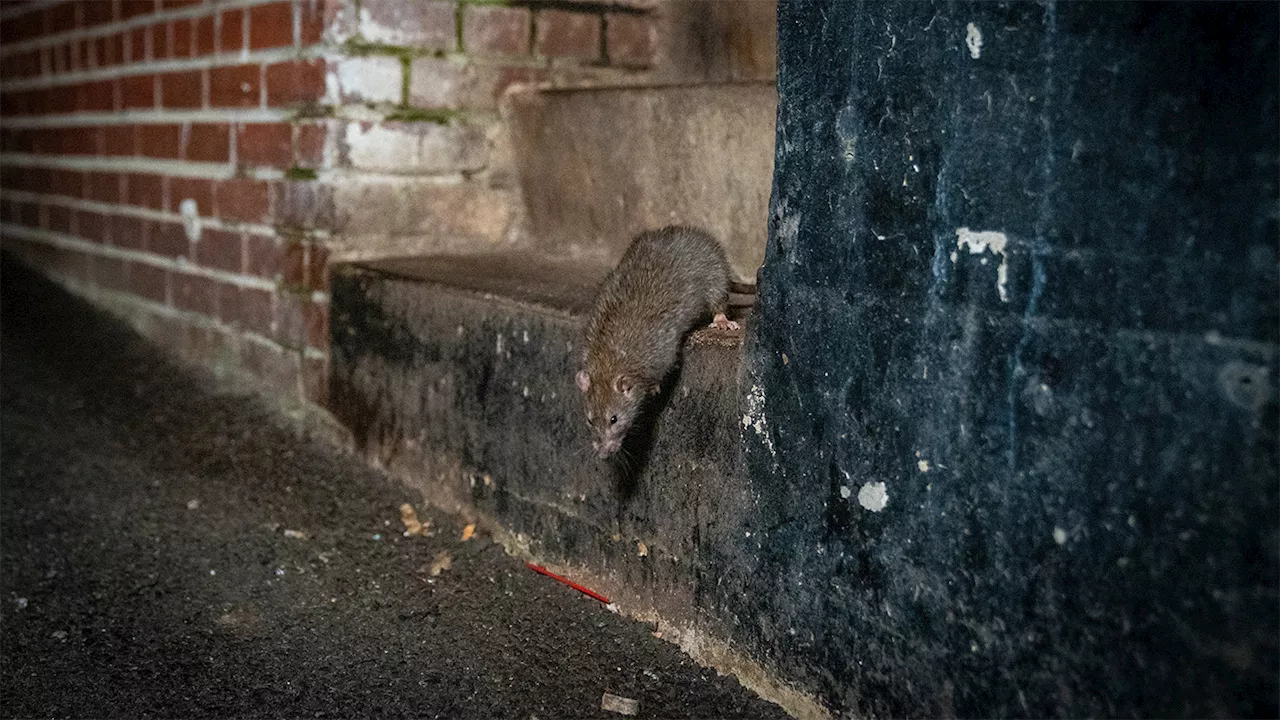A new study reveals a link between rising global temperatures and increasing rat populations in urban areas. Cities experiencing the most significant temperature increases also reported the highest rates of rat sightings. The study suggests that warmer winters, fueled by climate change, provide rats with extended breeding seasons and contribute to their proliferation. Urbanization, characterized by a decline in green spaces, was also identified as a contributing factor to rat infestations.
In an analysis of 16 cities around the world, those that saw the biggest temperature rises over the years also. Increased urbanization was also connected with more rat reports. The results suggest that higher temperatures may make rats — and the diseases they can spread — even harder to keep at bay.
Rats don’t only make people jump and scream: They also chew up car wiring and eat crops and gardens. Their poop and pee contaminate food that they get into, and they can spread diseases such as leptospirosis and murine typhus.
Previous research has shown that when rat complaints go up, professionals trap more rats — indicating an increase in population. So, Richardson and his colleagues gathered records of complaints made about rats and pest inspection reports from 13 U.S. cities, as well as Toronto, Tokyo and Amsterdam.
The unseasonably warm winters of climate change, Richardson says, probably buy rats extra time outdoors. “An extra week or two foraging … that’s, in some cases, all a rat needs to breed one more time.” And while rats do need some natural habitat, a pocket park or tree box on the sidewalk will do the trick.
When humans and rats share space, there’s a real risk of disease, says Niamh Quinn, a human-wildlife interactions advisor at the University of California Division of Agriculture and Natural Resources in Irvine who was not affiliated with the study. “At some point there’s going to be — hopefully not, but potentially — the perfect storm, where we have all these people, all these rodents not enough tools in our toolbox to manage them.
CLIMATE CHANGE URBANIZATION RAT POPULATION DISEASES PEST MANAGEMENT
United States Latest News, United States Headlines
Similar News:You can also read news stories similar to this one that we have collected from other news sources.
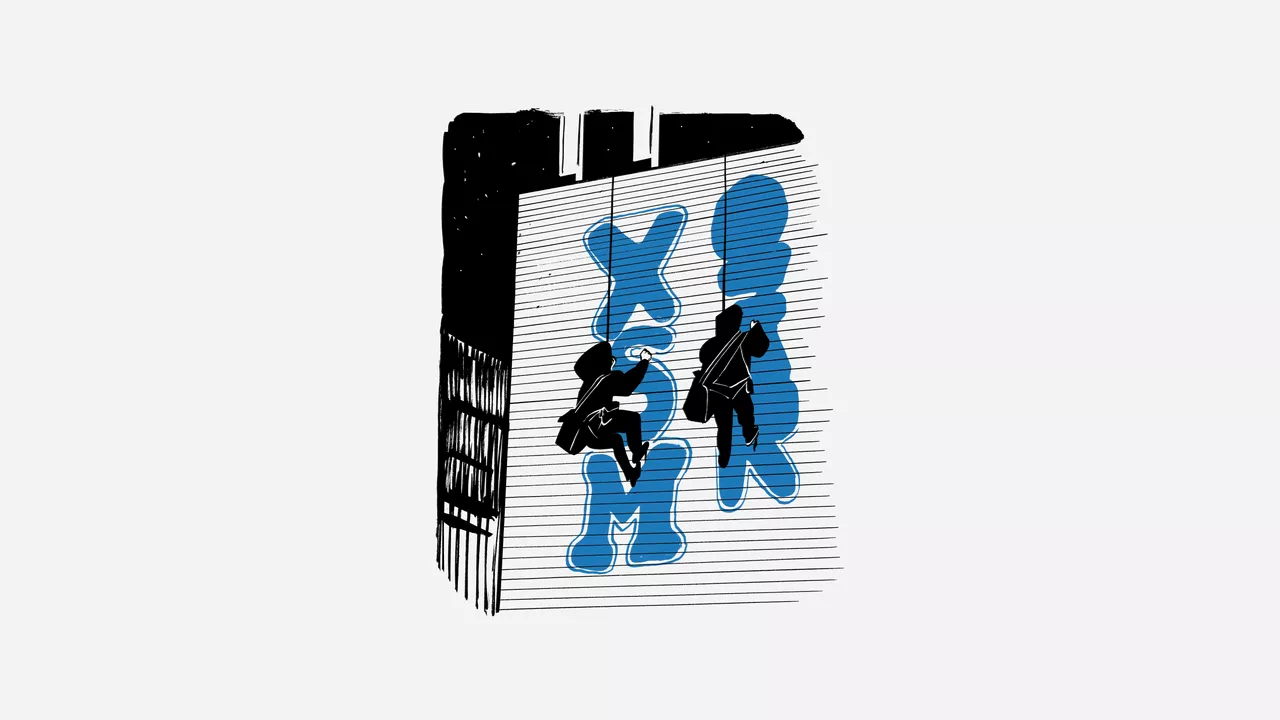 High-Rise Art: The Rise of Rope-Assisted GraffitiThis article delves into the burgeoning trend of rope-assisted graffiti in New York City, profiling two prominent practitioners, XSM and QZAR, and their daring nighttime escapades. It explores their motivations, techniques, and the growing community of artists who are pushing the boundaries of street art.
High-Rise Art: The Rise of Rope-Assisted GraffitiThis article delves into the burgeoning trend of rope-assisted graffiti in New York City, profiling two prominent practitioners, XSM and QZAR, and their daring nighttime escapades. It explores their motivations, techniques, and the growing community of artists who are pushing the boundaries of street art.
Read more »
 Endrick's Struggles at Real Madrid: From Dream Start to Bench WarmerEndrick, the highly touted Brazilian teenager, has seen his playing time at Real Madrid dwindle after a promising start to his career. Despite scoring his first goal in his La Liga debut, the 18-year-old has struggled to make a consistent impact and has been relegated to the bench more frequently.
Endrick's Struggles at Real Madrid: From Dream Start to Bench WarmerEndrick, the highly touted Brazilian teenager, has seen his playing time at Real Madrid dwindle after a promising start to his career. Despite scoring his first goal in his La Liga debut, the 18-year-old has struggled to make a consistent impact and has been relegated to the bench more frequently.
Read more »
 Report: Planet is getting warmer, fasterThe New Black View
Report: Planet is getting warmer, fasterThe New Black View
Read more »
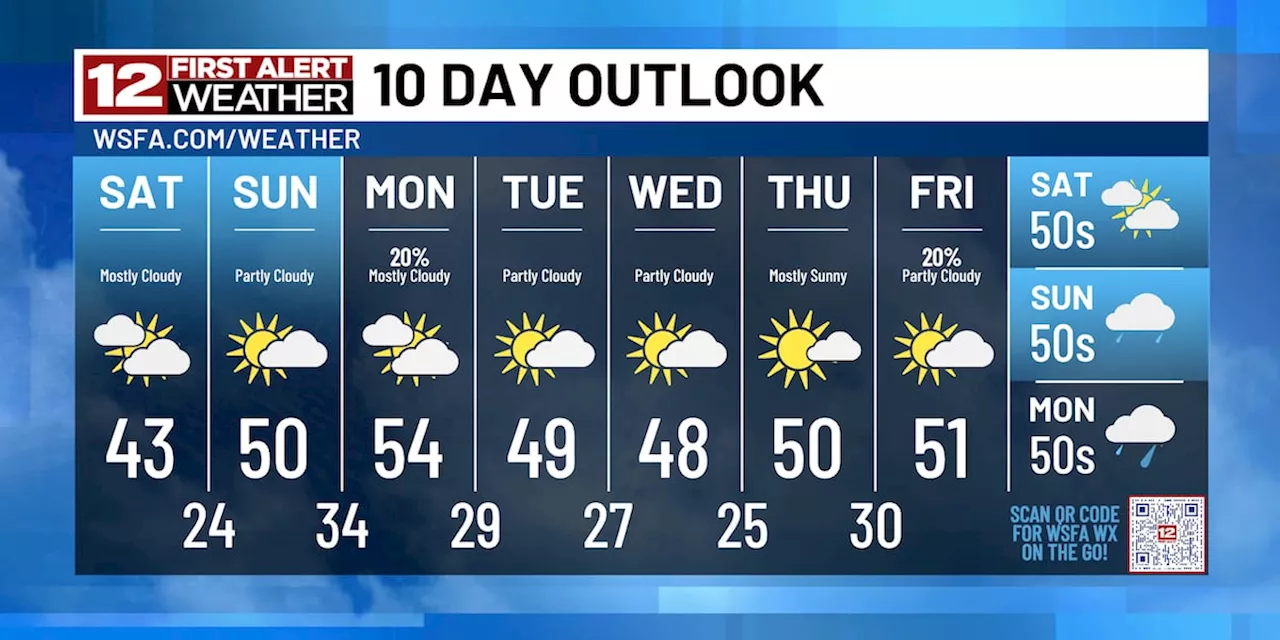 First Alert: Cold and cloudy Saturday, but Sunday looks warmerThe second half of the weekend is sunny, but clouds build back late Sunday ahead of our next best chance for rain!
First Alert: Cold and cloudy Saturday, but Sunday looks warmerThe second half of the weekend is sunny, but clouds build back late Sunday ahead of our next best chance for rain!
Read more »
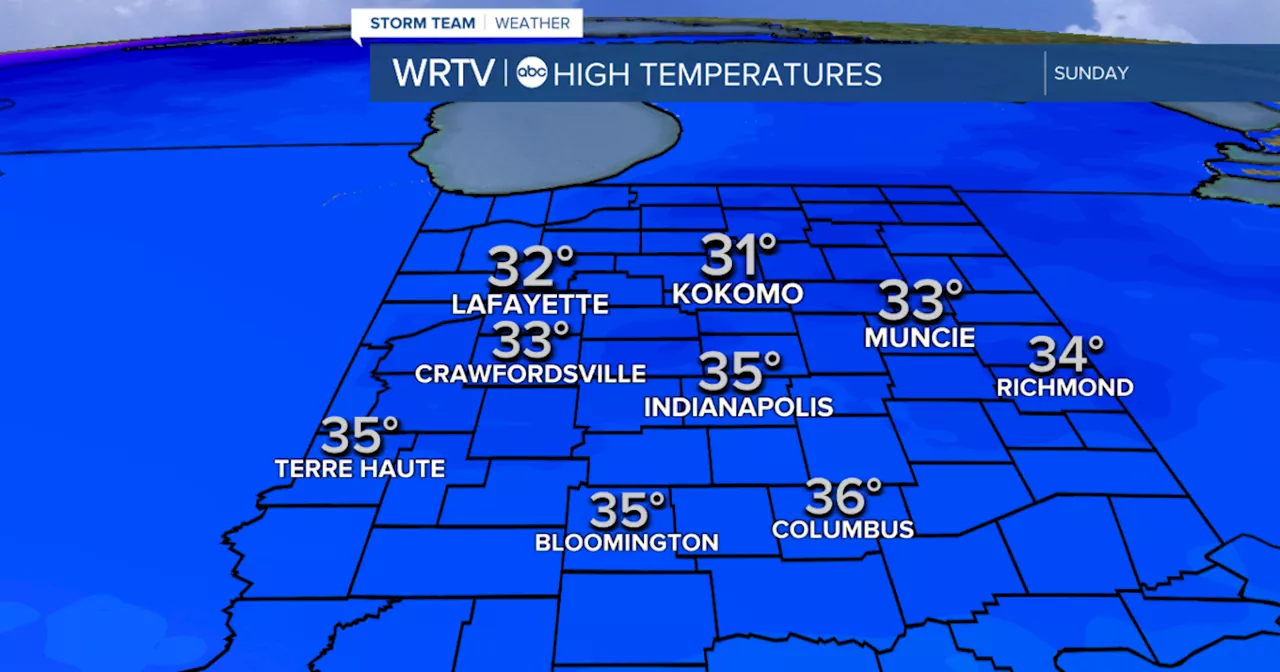 Warmer Sunday with a light wintry mix possibleYour WRTV Storm Team forecast for Central Indiana: Temperatures turn sharply colder again in the week ahead.
Warmer Sunday with a light wintry mix possibleYour WRTV Storm Team forecast for Central Indiana: Temperatures turn sharply colder again in the week ahead.
Read more »
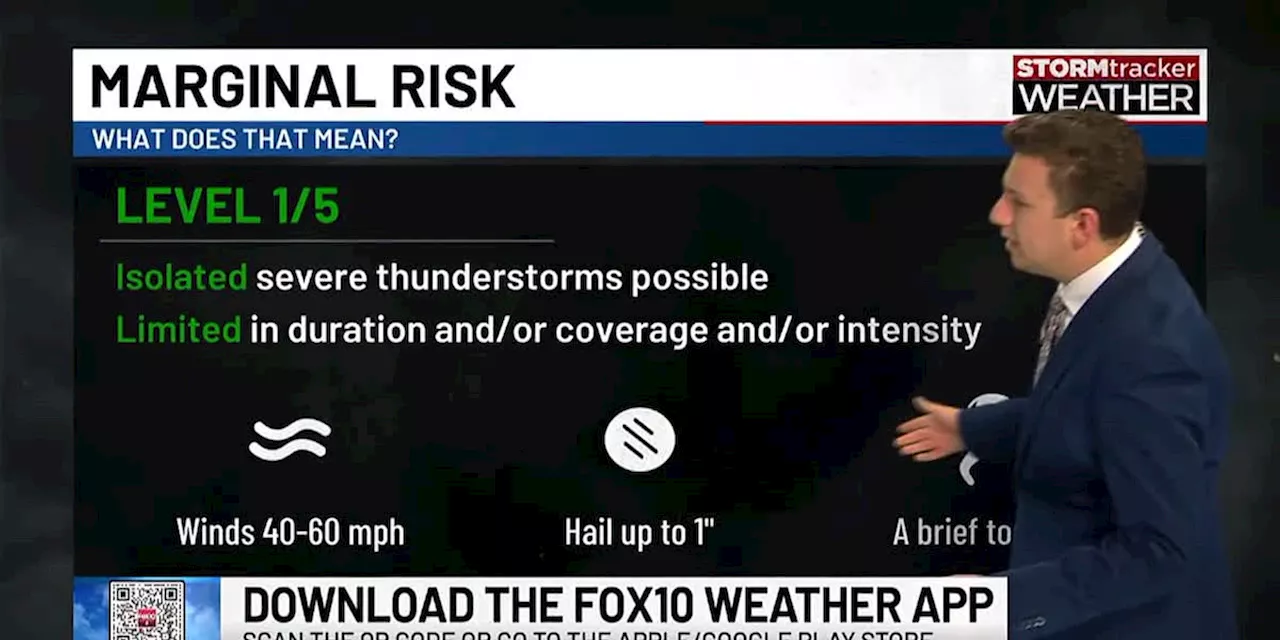 Southerly Winds to Bring Warmer Air, Scattered Showers and Chance of StormsA weekend weather system will bring warmer air and scattered showers and thunderstorms to the region. While severe weather is not expected to be widespread, gusty winds and an isolated tornado remain possible. A cold spell is expected to follow the storm system, with temperatures dropping into the 20s and 30s throughout the week.
Southerly Winds to Bring Warmer Air, Scattered Showers and Chance of StormsA weekend weather system will bring warmer air and scattered showers and thunderstorms to the region. While severe weather is not expected to be widespread, gusty winds and an isolated tornado remain possible. A cold spell is expected to follow the storm system, with temperatures dropping into the 20s and 30s throughout the week.
Read more »
